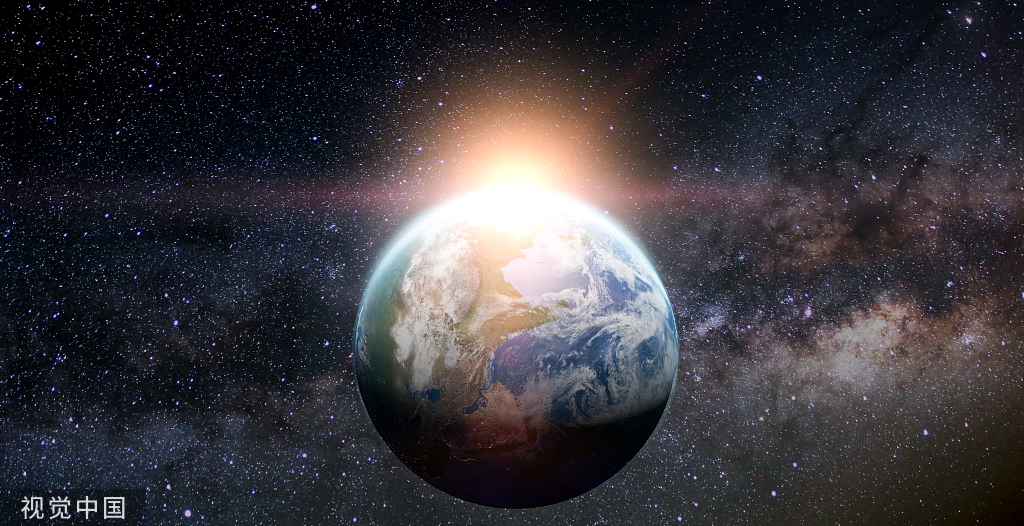

Earth's energy imbalance continues to grow due to human-induced climate change, a new study suggests. Over the past few decades, heat has built up, heating the oceans, land, cryosphere and atmosphere.
The Earth's energy imbalance is the difference between the energy of solar radiation entering the Earth system and the energy leaving the Earth's atmosphere. If the energy entering the Earth system is greater than the energy leaving the Earth's atmosphere, it means that a lot of heat has accumulated in the Earth system. The "Global Climate Observing System (GCOS)" co-sponsored by the World Meteorological Organization takes the earth's energy imbalance as a basic indicator to evaluate the global response to climate change.
An international research team composed of nearly 70 researchers from 15 countries published a research report saying that they analyzed data on oceans, land, ice sheets and the atmosphere, and found that: Earth's warming continued. From 1971 to 2020, the Earth The accumulated heat is about 381 Zejoules (1 Zejoule is equal to 10 to the 21st power of Joules), which is equivalent to absorbing about 0.5 watts of heat per square meter of the earth's surface in 50 years (that is, absorbing nearly 0.5 Joules of heat per second); but In the last 15 years from 2006 to 2020, the heat absorbed by the earth's surface increased to 0.75 watts per square meter, which shows that the heat absorbed by the earth's surface is increasing rapidly. Among them, in these 50 years, the ocean absorbed 89% of the heat, and the remaining heat entering the land, ice and atmosphere were 6%, 4% and 1% respectively.
The researchers argue that a global assessment of Earth's energy situation is a fundamental measure of climate change and its effects on warming of the oceans, land, atmosphere and cryosphere. The data used in the study were supported by multidisciplinary collaborations across the globe, demonstrating the critical importance of a coordinated international effort to monitor climate change. The research report was published in the new issue of the international journal "Earth System Science Data".